Last week, I had a nice visit with Ron Lawrence, who has lived in Stillwater for 81 years and knows just about everything about local farming and ranching. Ron has many tales to tell, among them a story that links Mannheim, Germany, to our small Nevada town through his knowledge of John Deere tractors.
In 2007, Lawrence was attending a farm equipment show in Tulare, California. He stopped by the John Deere tractor booth and began a conversation with the representative about his farming practices in the Fallon area. He said that he had a few suggestions for improving the performance of his brand-new John Deere tractor, and, the next thing he knew, he was invited to visit the John Deere factory in Mannheim, Germany. “How much will it cost me?” he asked. “Nothing,” was the reply. “All expenses are paid.”
So with a new passport (his first) in hand, an airline ticket and an itinerary, he was off to Germany. He told me that he had purchased Euros ahead of time but really didn’t need money because he was treated so well on the trip—good German food, sightseeing, and an opportunity to view the manufacturing of the John Deere tractor in Mannheim. He was part of a team of 16 farmers and ranchers brought to the site—two from Australia (grape producers), and the others from Idaho, the Midwest, and Canada.
Mannheim is known as the city of inventions. In 1817, Karl Dreis invented the bicycle there. In 1886, the first automobile was patented by Karl Benz in Mannheim. It is still the starting and finishing point of the Bertha Benz Memorial Route, which follows the tracks of the first long-distance automobile trip in history. And next came innovations in the development of the farm tractor. After the First World War, Heinrich Lanz Company of Mannheim built the Bulldog, an advanced tractor powered by heavy oil. John Deere established a manufacturing plant there in 1958.
Ron reported that the city was quite a sight to see. After the war, large portions of the city required rebuilding, but the result was splendid. He was taken on tours of the area and visited castles across the Rhine River in France.
But it was the John Deere factory that Lawrence had come to visit. He reported that a tractor was produced there every 8 minutes. Five hundred tractors a week are loaded on ships on the Rhine destined for other ports. There are thousands of workers employed at the factory (currently 3300), and they are very well paid. Ron was interested in the fact that, if a defective tractor part was mistakenly passed up the assembly line, then some of the wages of the worker in charge of inspecting that part were deducted.
I asked Ron what he had said to the John Deere representative that had won him a trip to Germany. “Well, I told him that I liked some of the older model John Deere tractors better than the newer ones,” In particular, he said, “The switch to plastic in many of the interior features has reduced the durability of the cab.” And, he added, “I liked some of the older driving features, but they are dead set on pushbutton technology. There’s no going back.” The Mannheim plant was the right place for him to express those opinions. Not only does it manufacture tractors, but it also employs about 250 design experts and engineers working on “the tractor of tomorrow.” Ron said that, as one example, his “team” was asked to evaluate the three-point hitch employed on rival tractors and pick the one they liked the best for John Deere to consider implementing on its own new models.
The question I next posed to Ron was, “What is the tractor of the future?” “Robotic.” he replied. “Self-driving.”
Don’t be surprised when you see a John Deere tractor steering itself through the fields of the valley.
Please send your ideas and suggestions to [email protected].

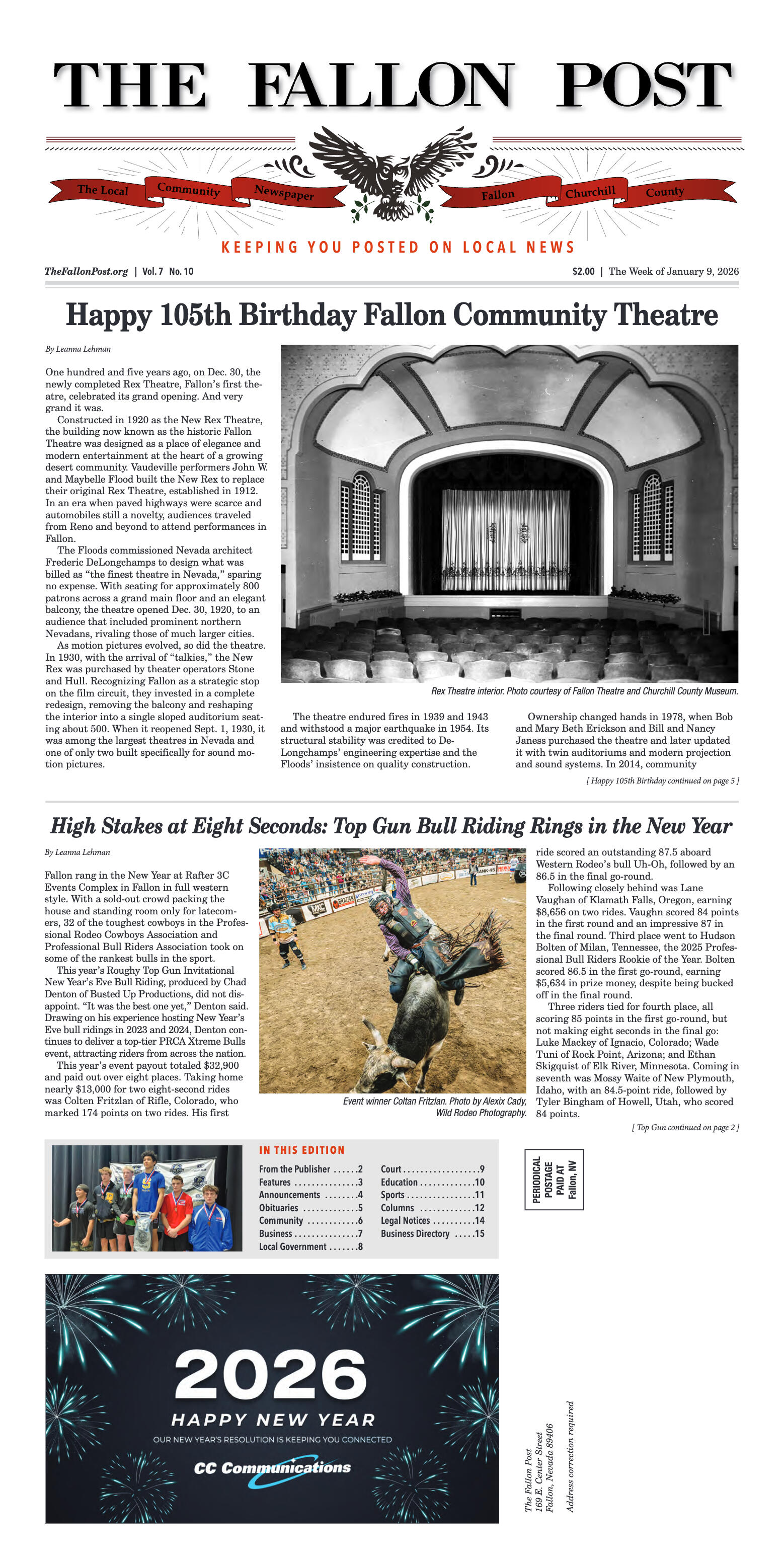
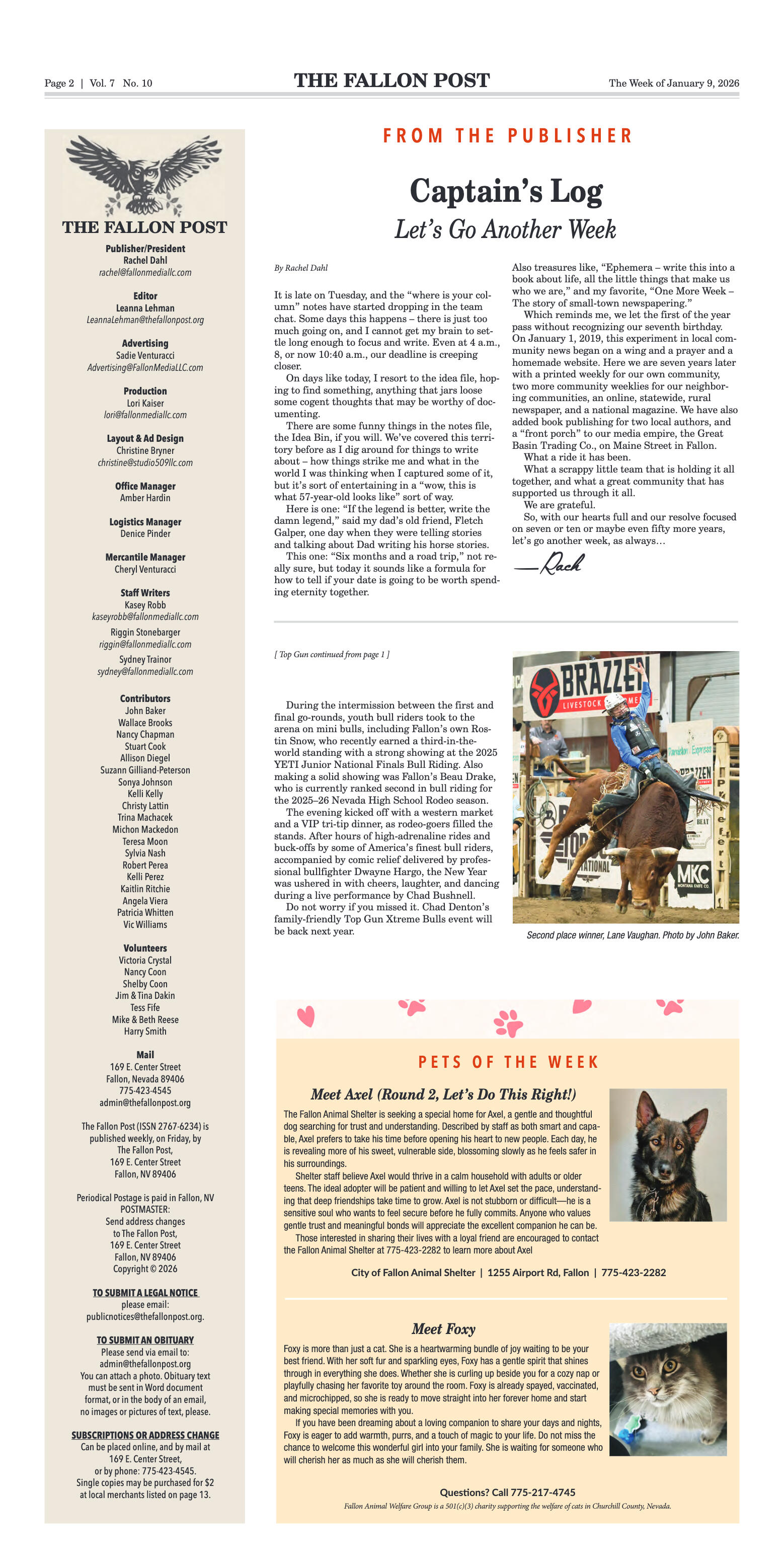
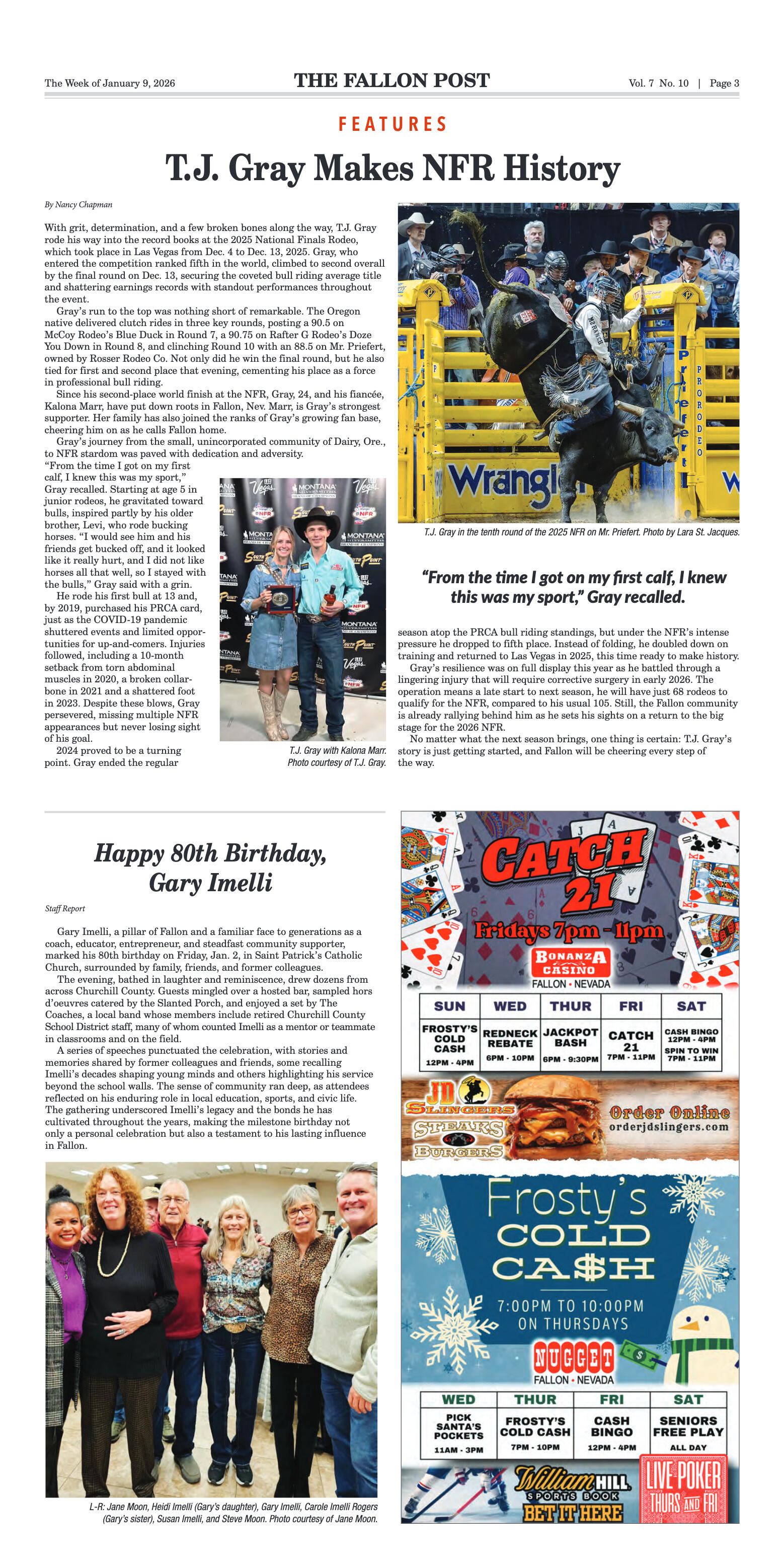

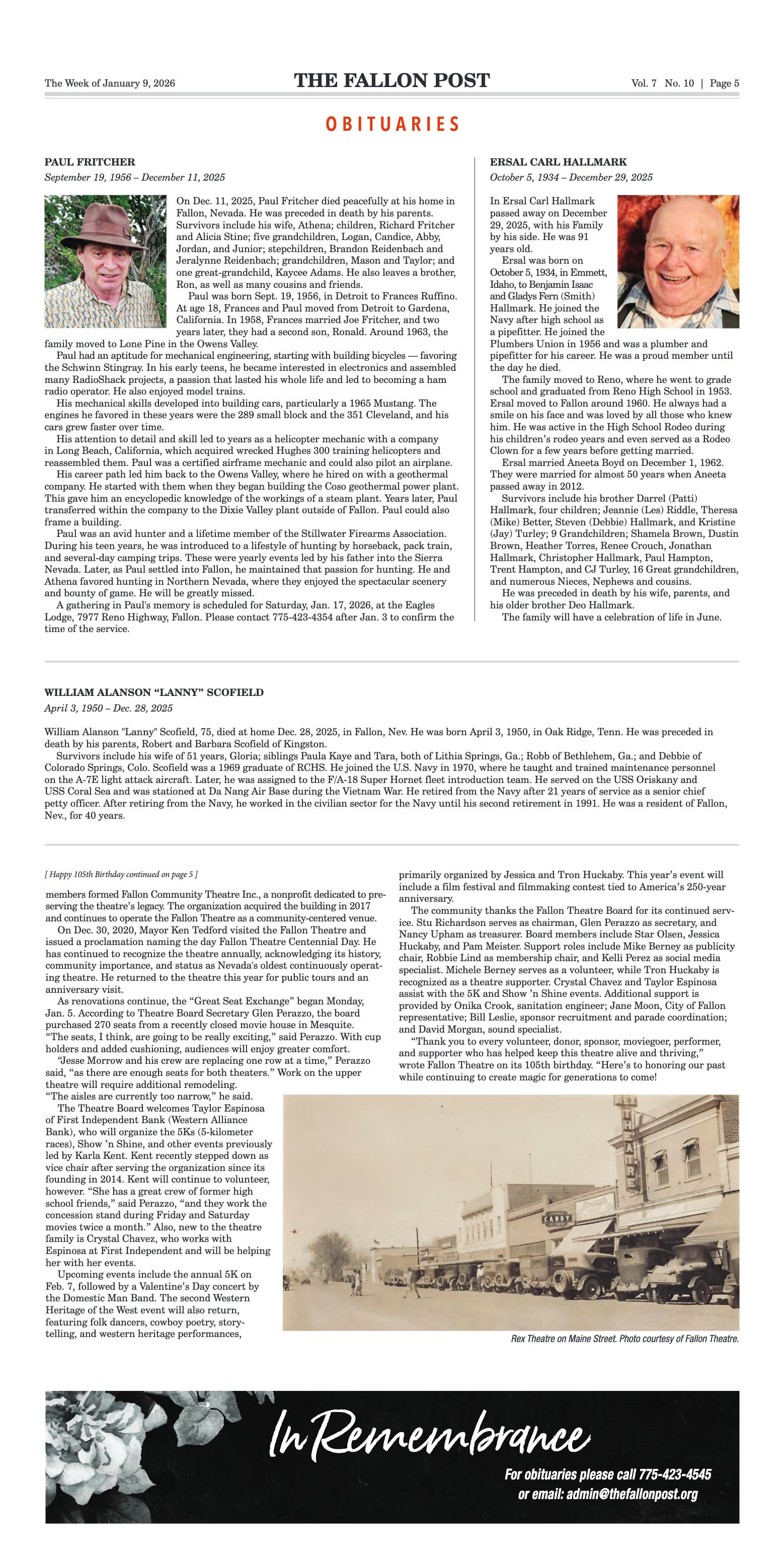
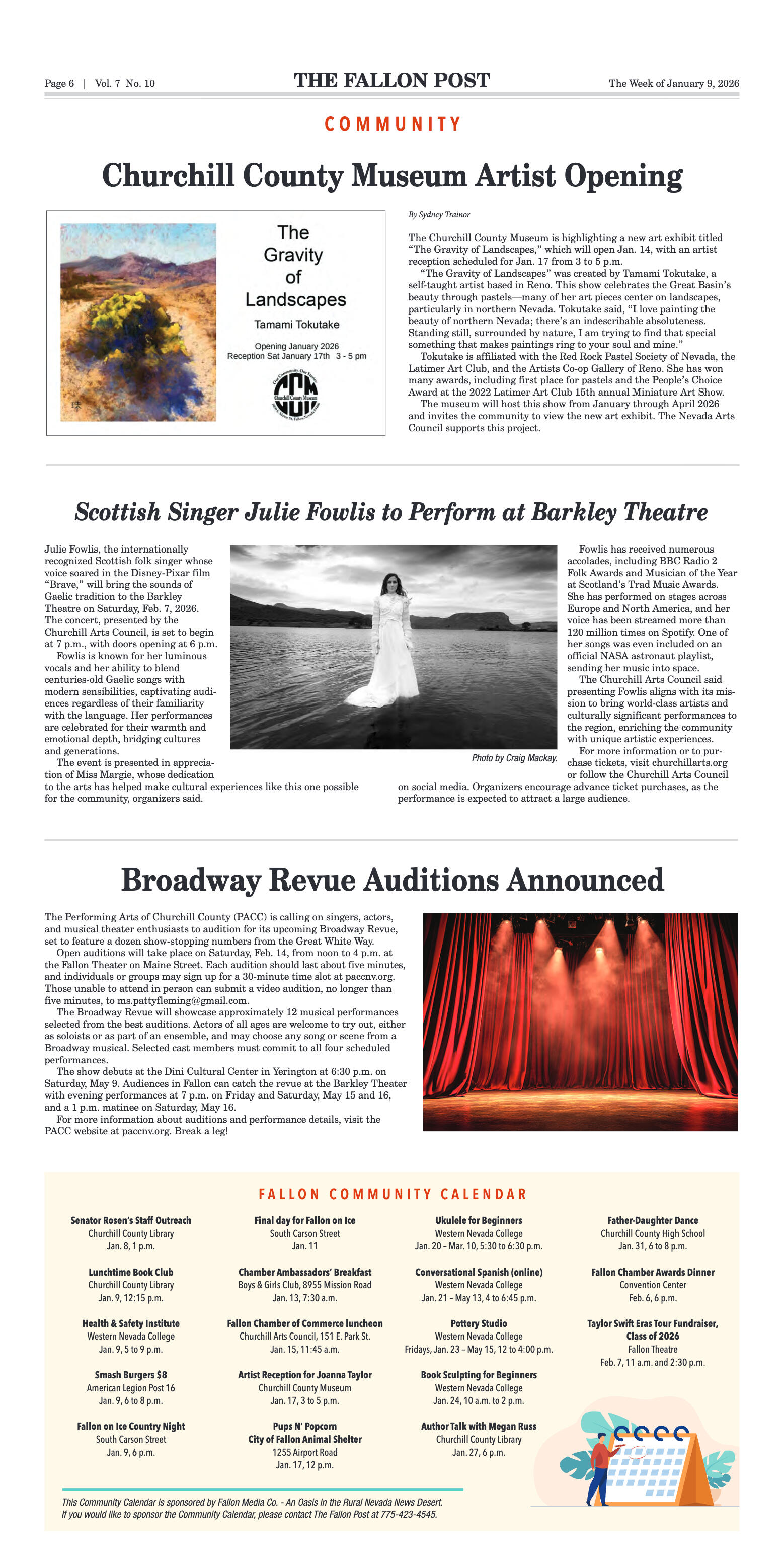
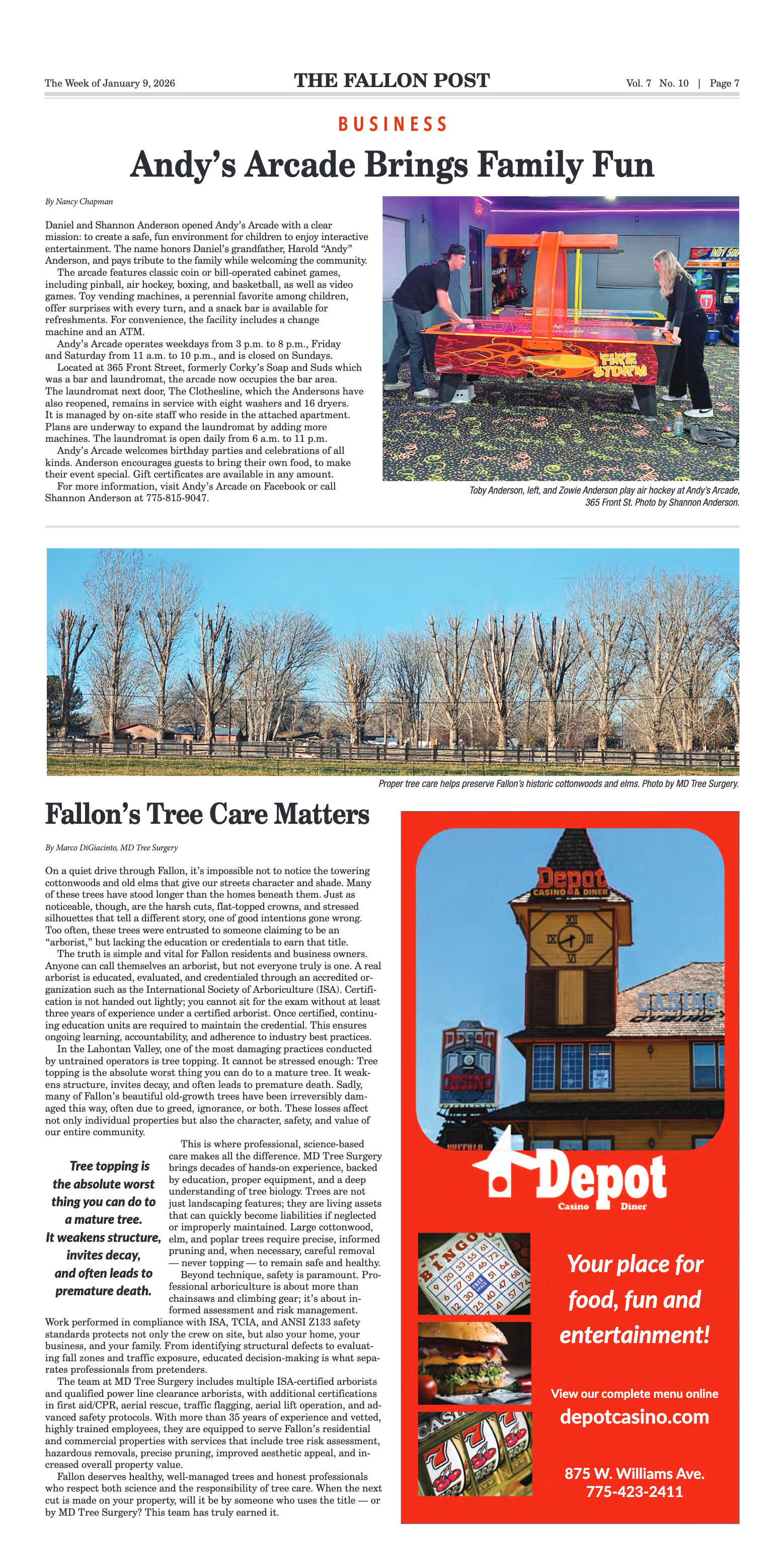
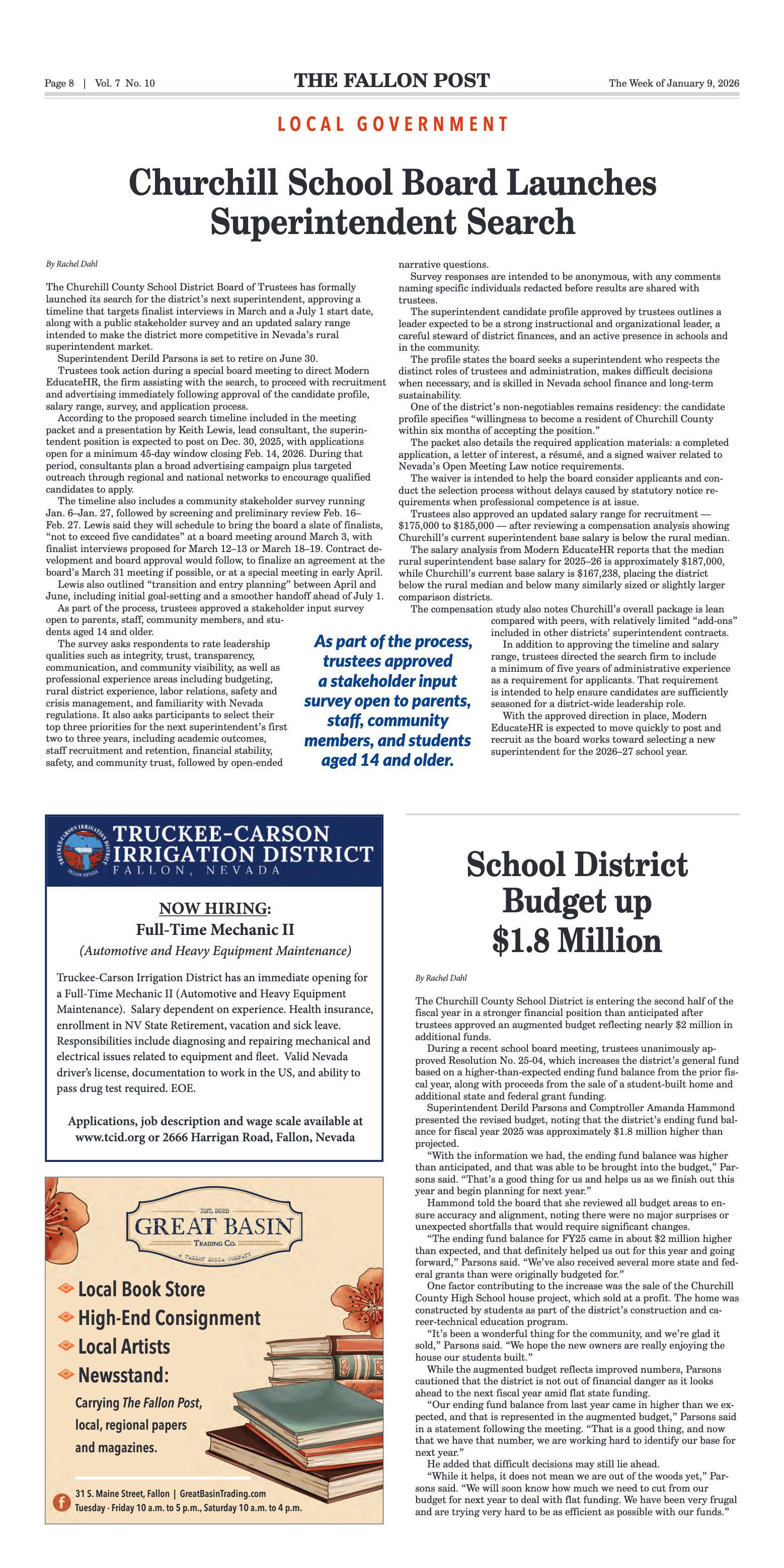
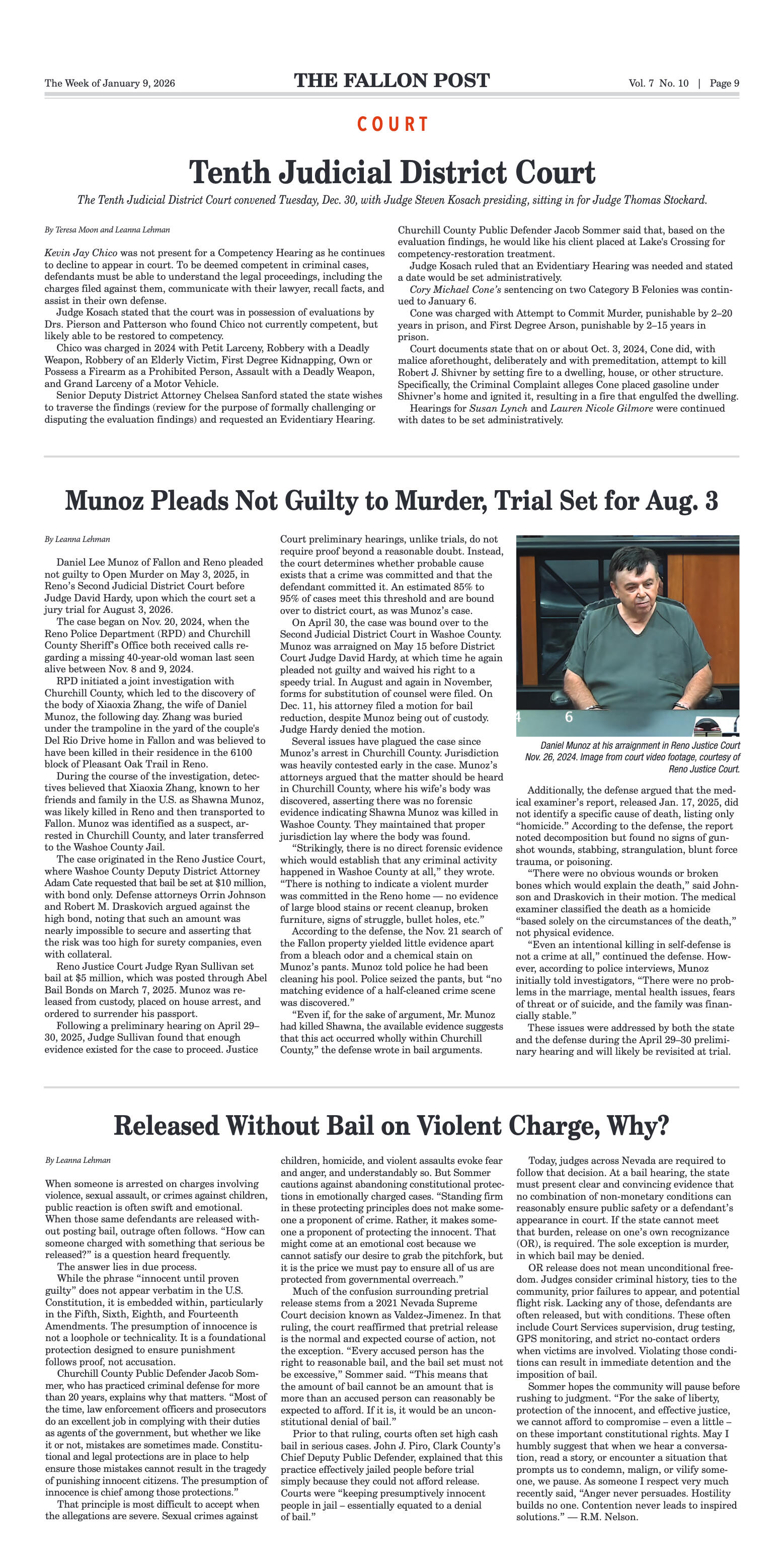
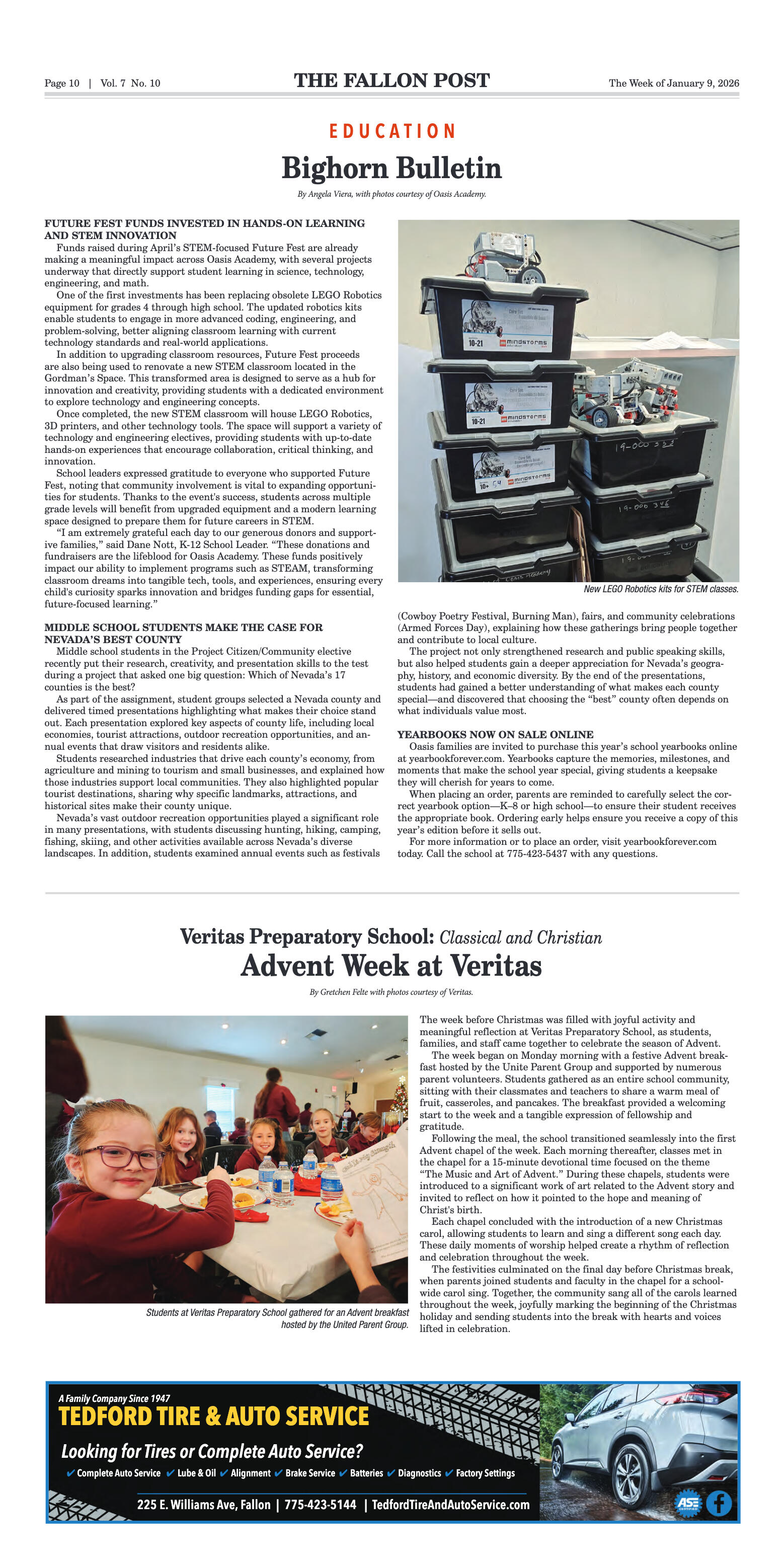
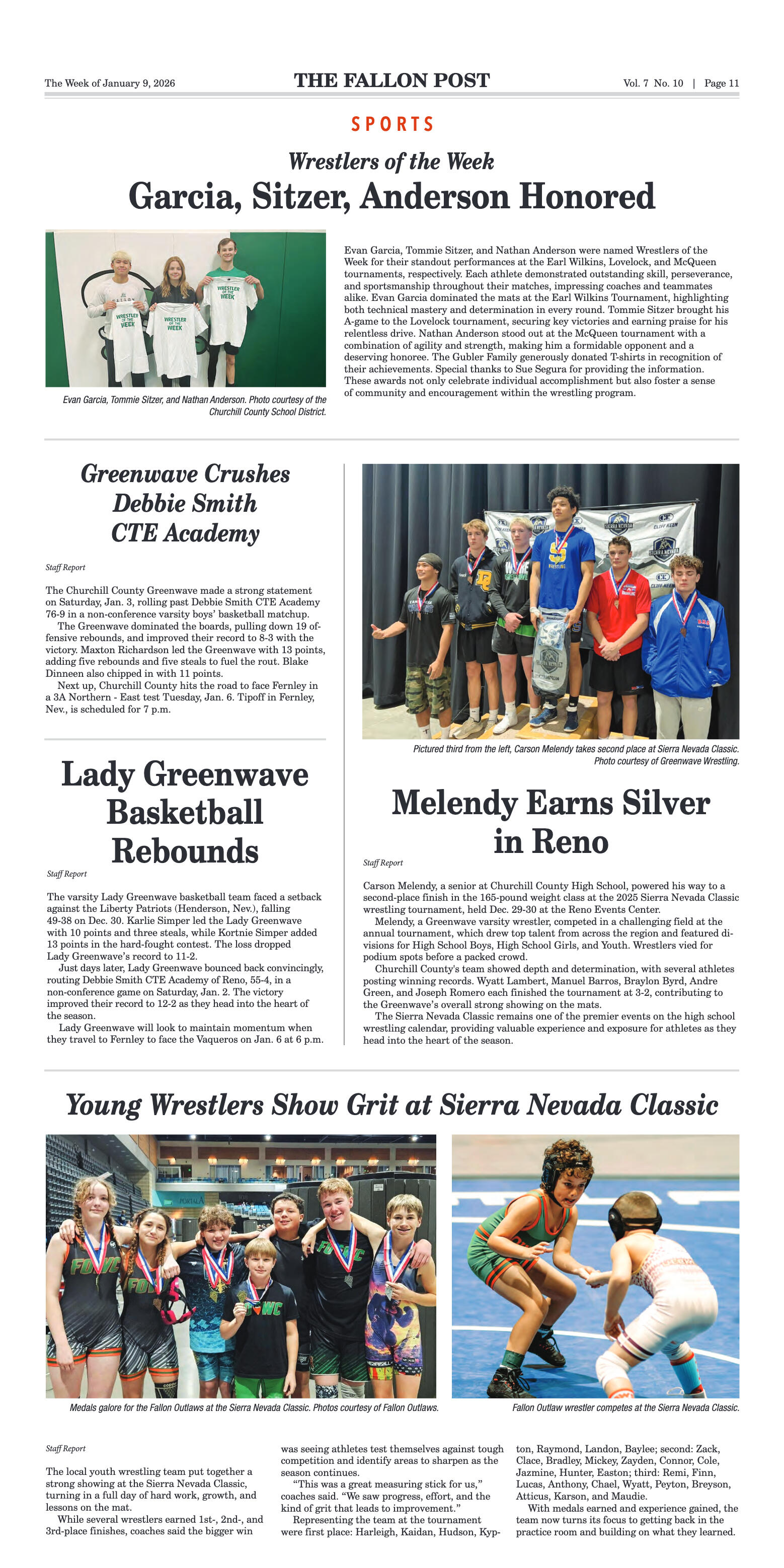
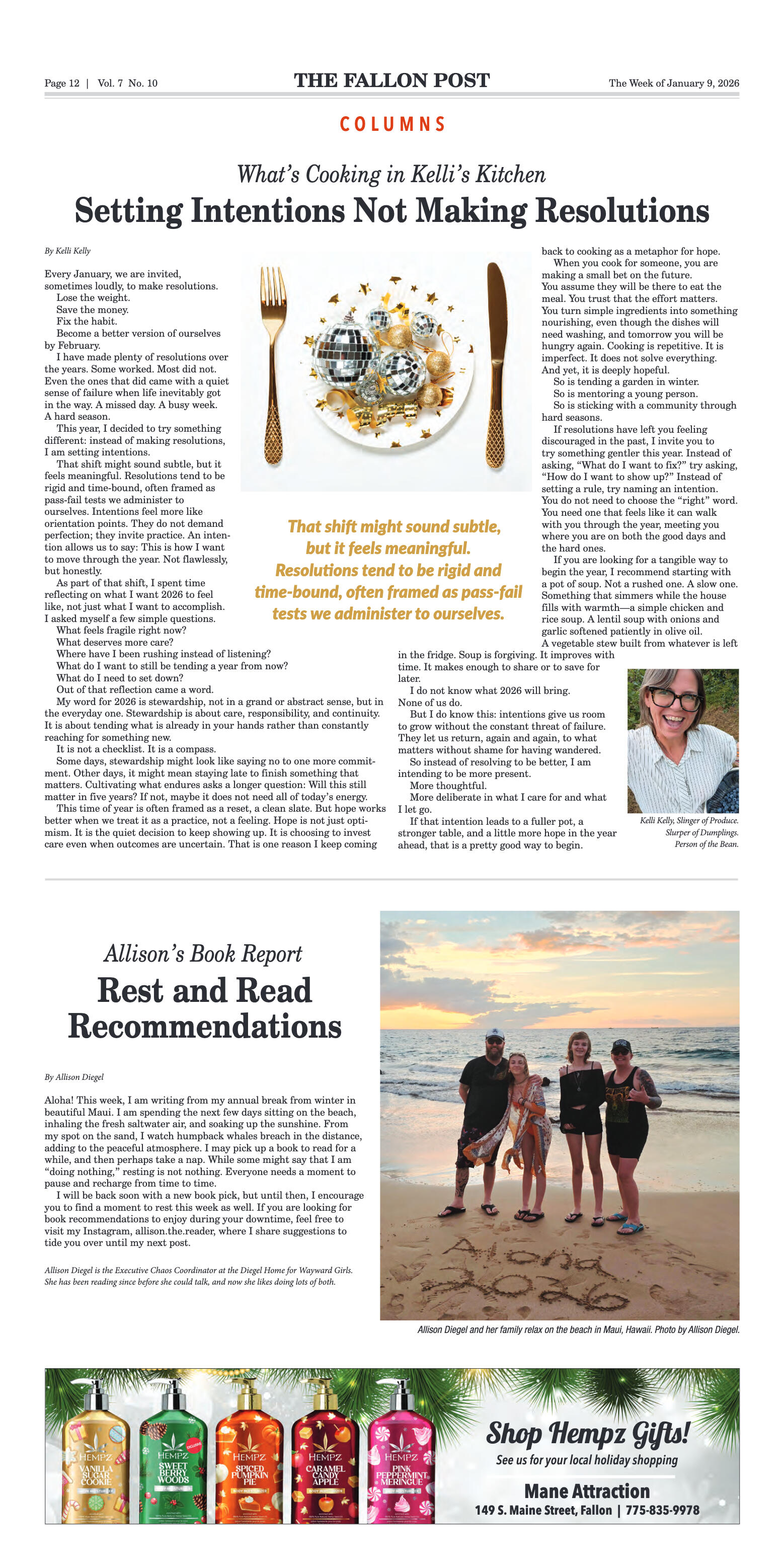
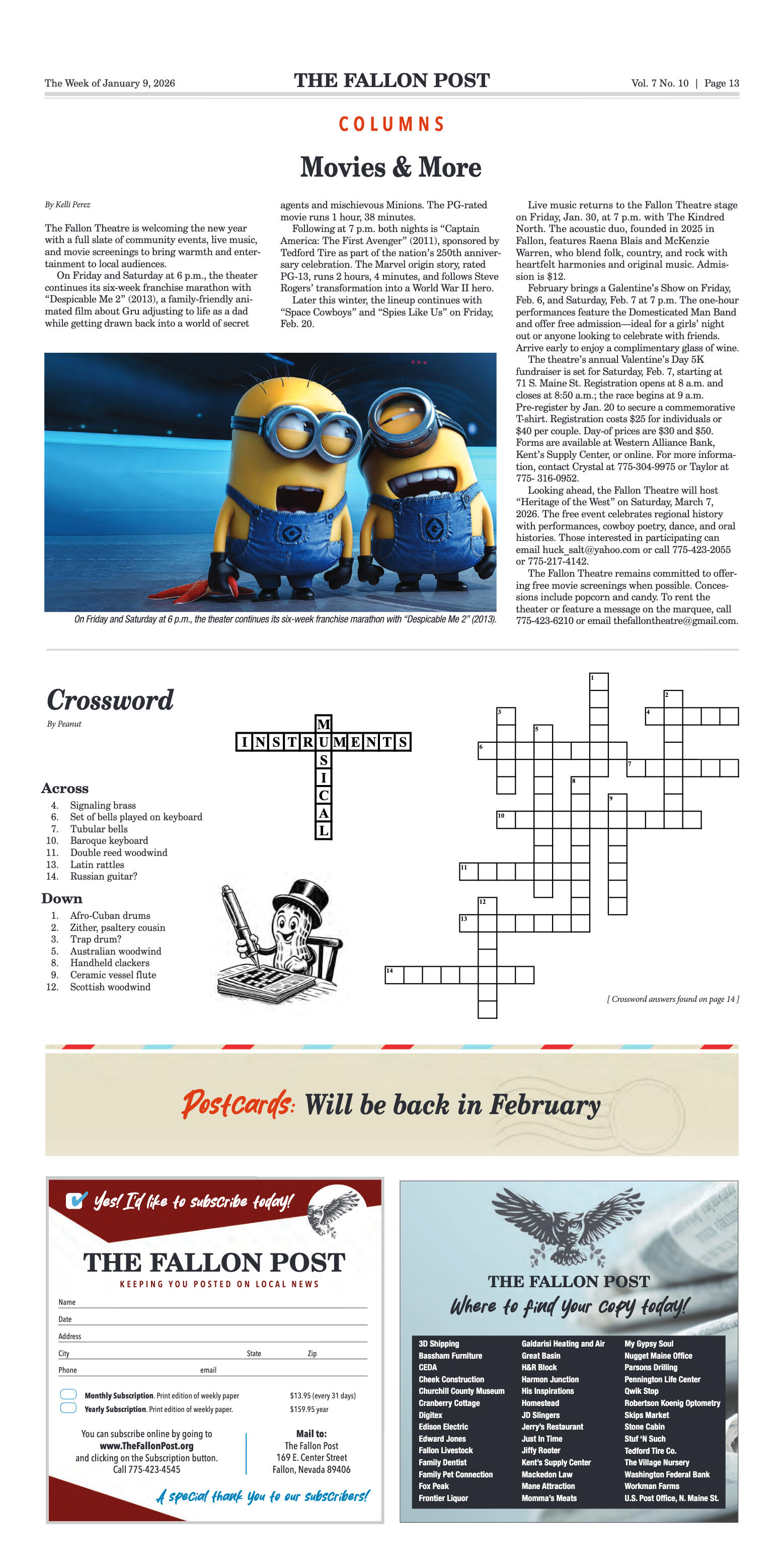
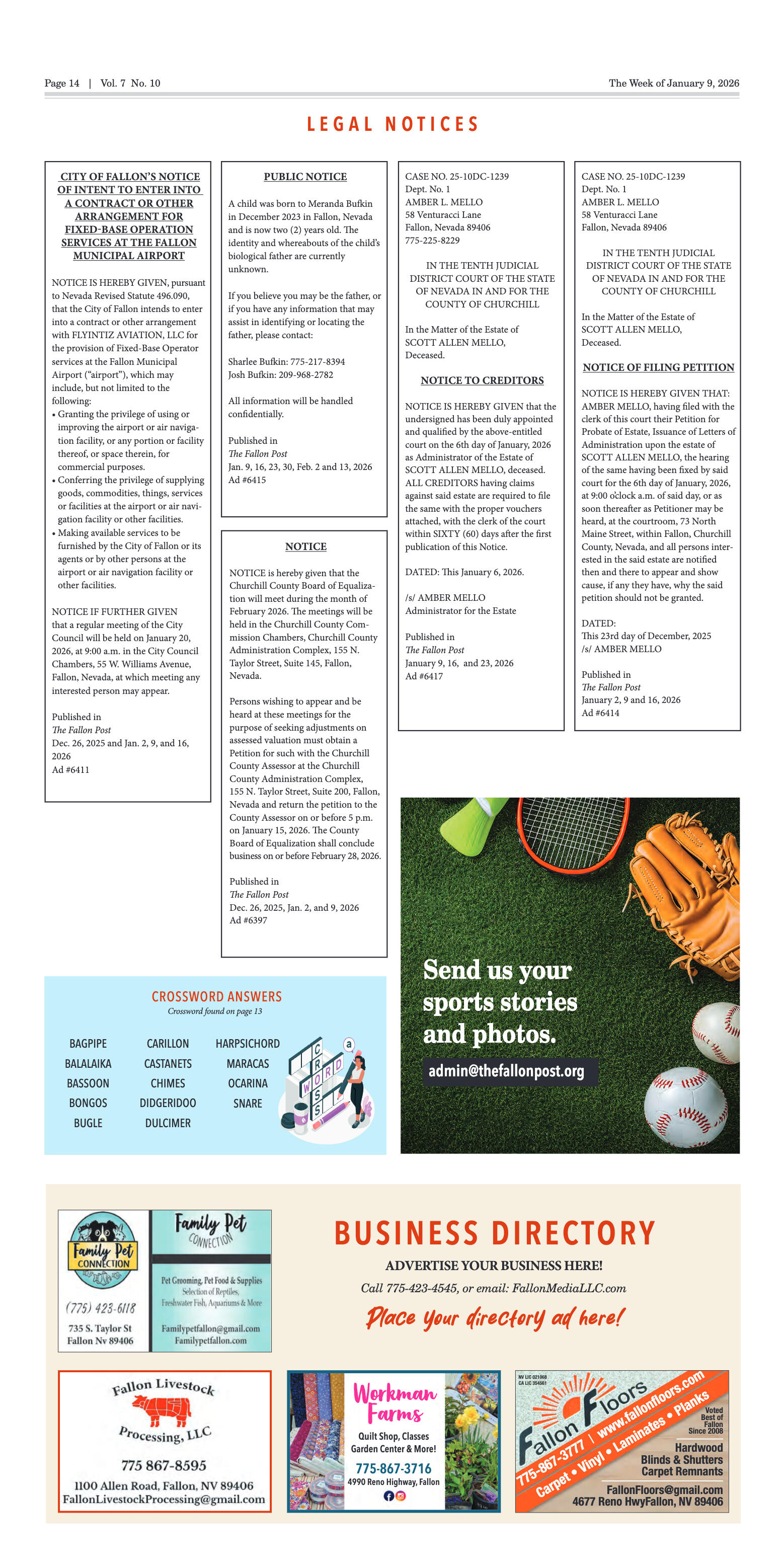
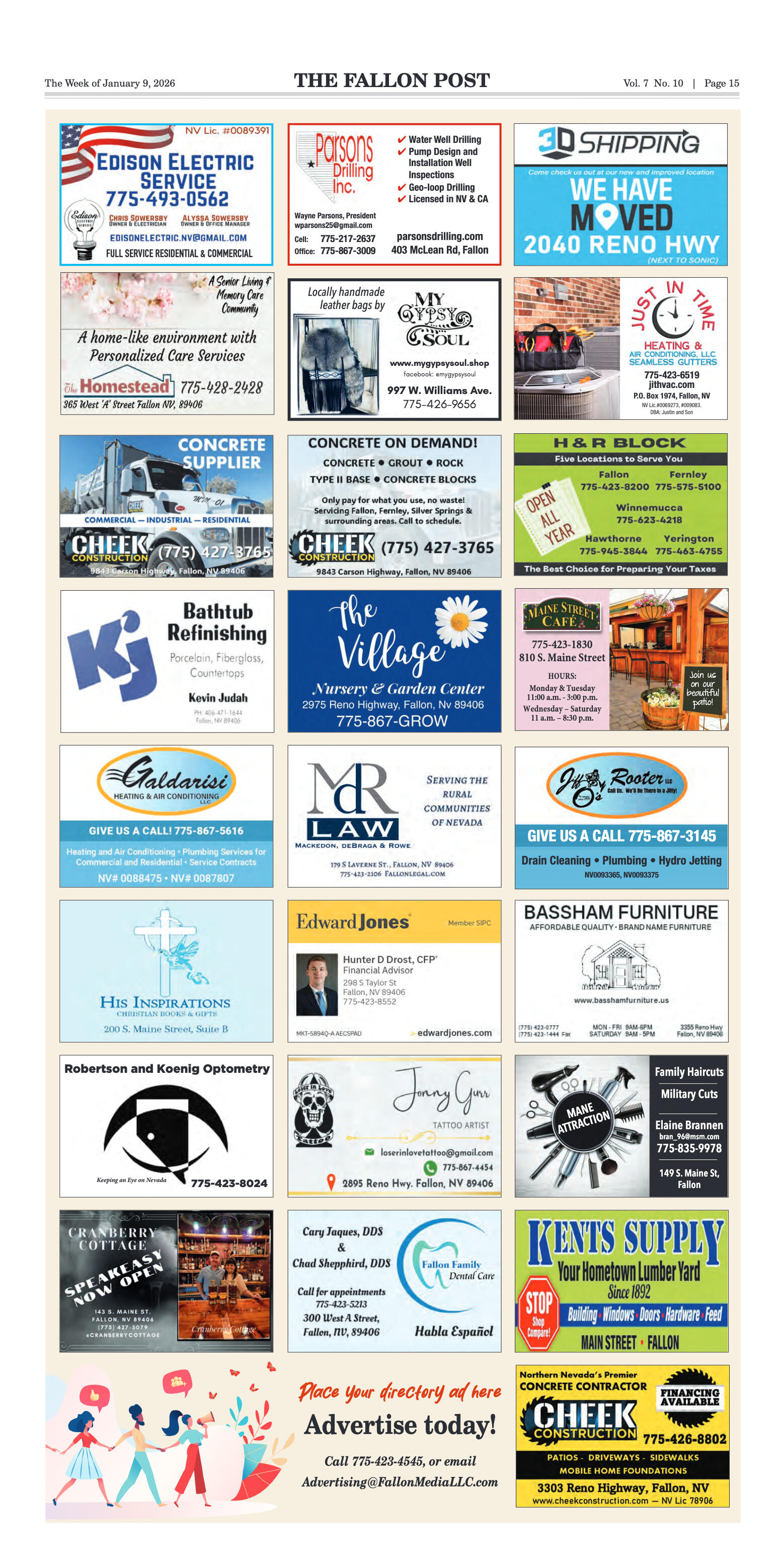
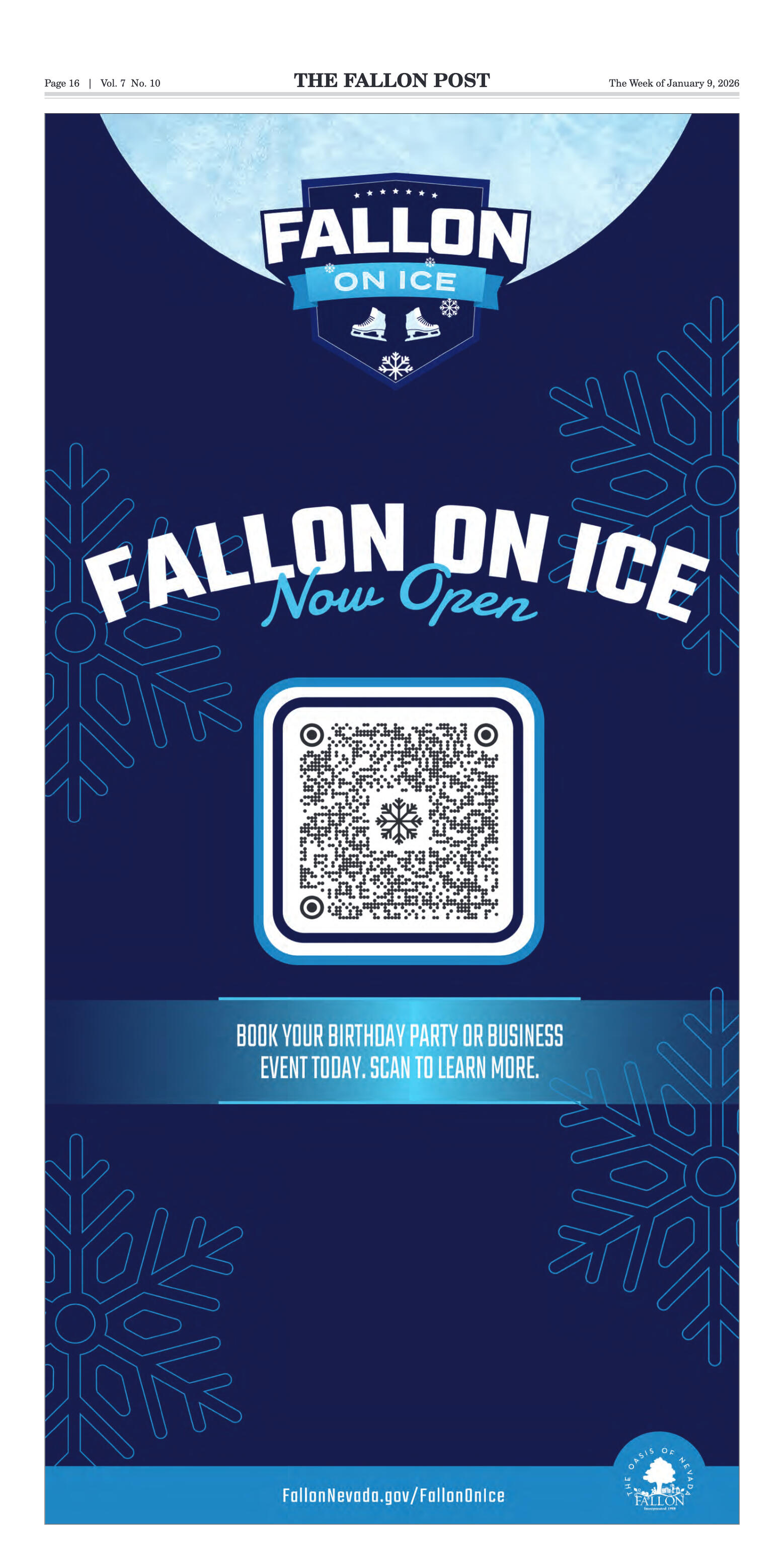
















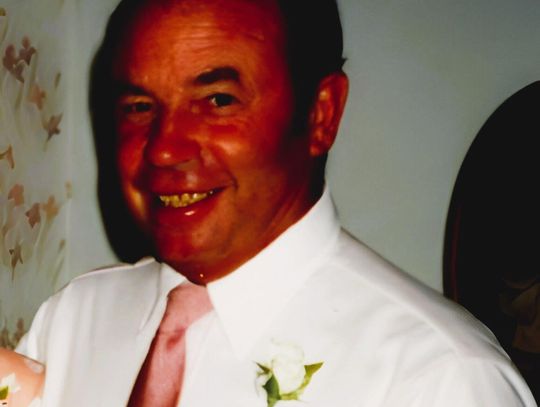
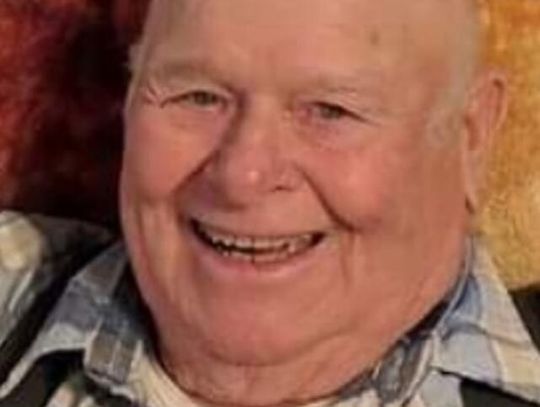

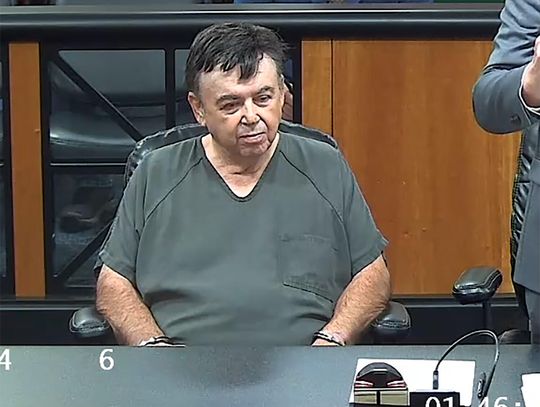


Comment
Comments